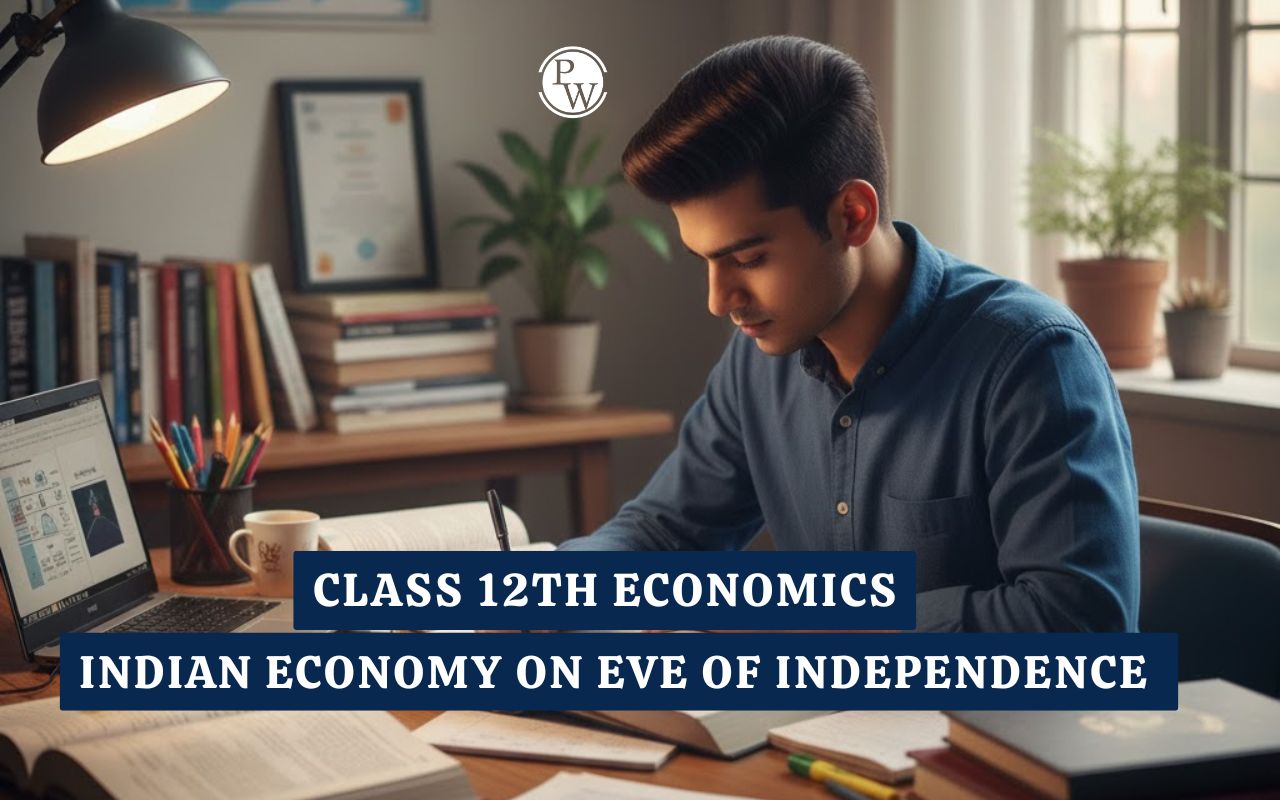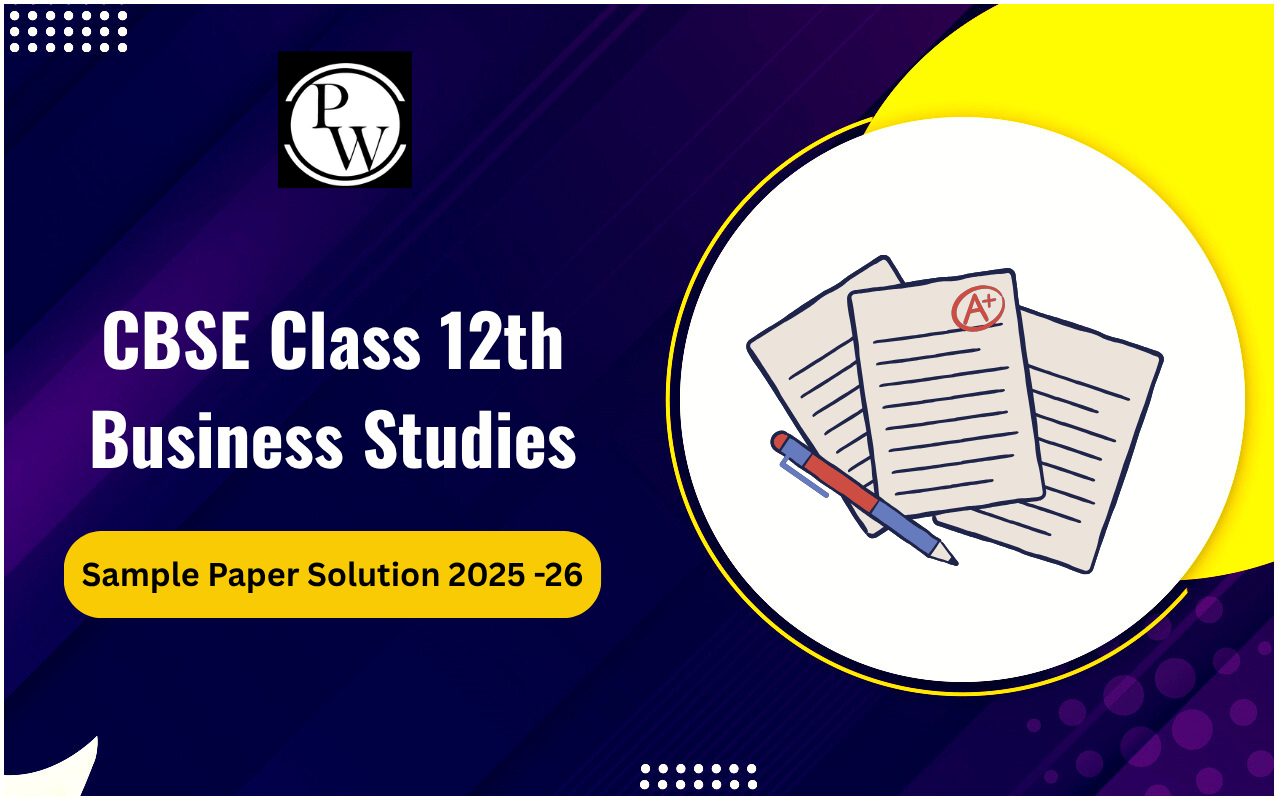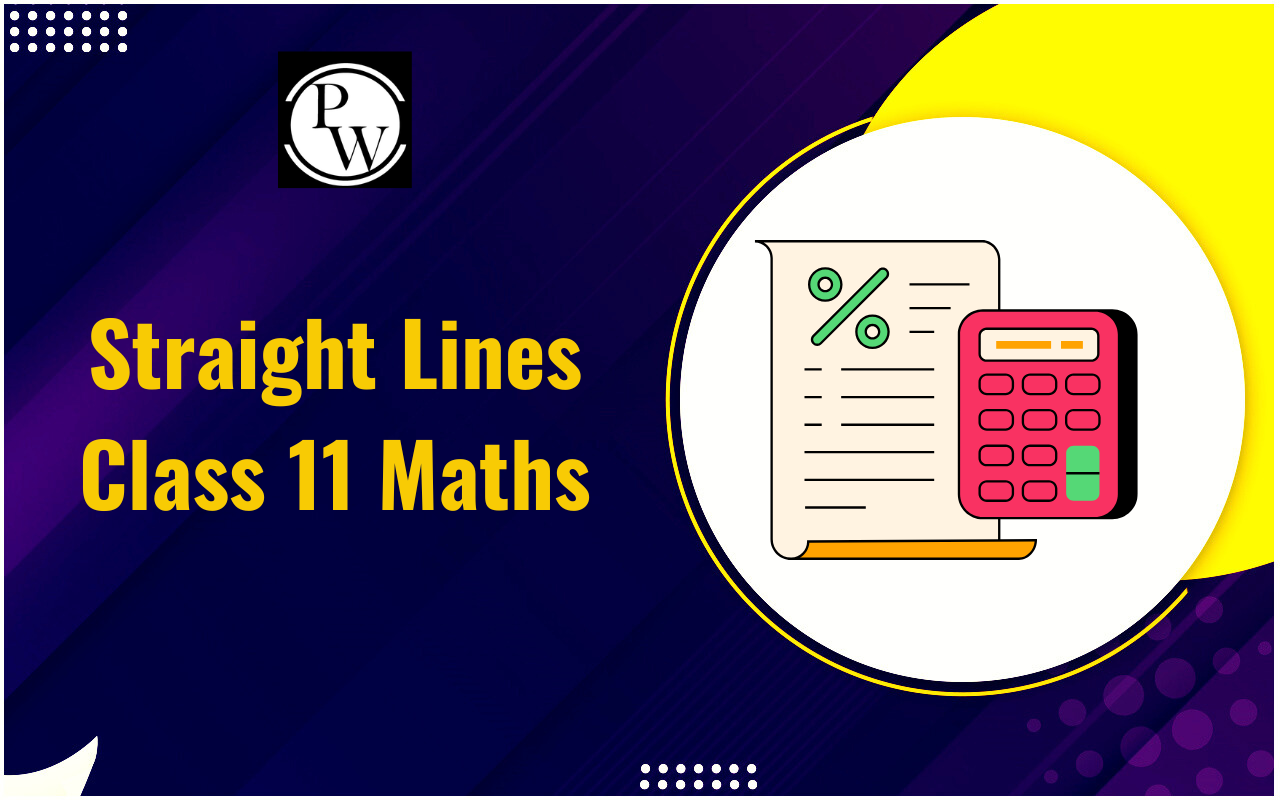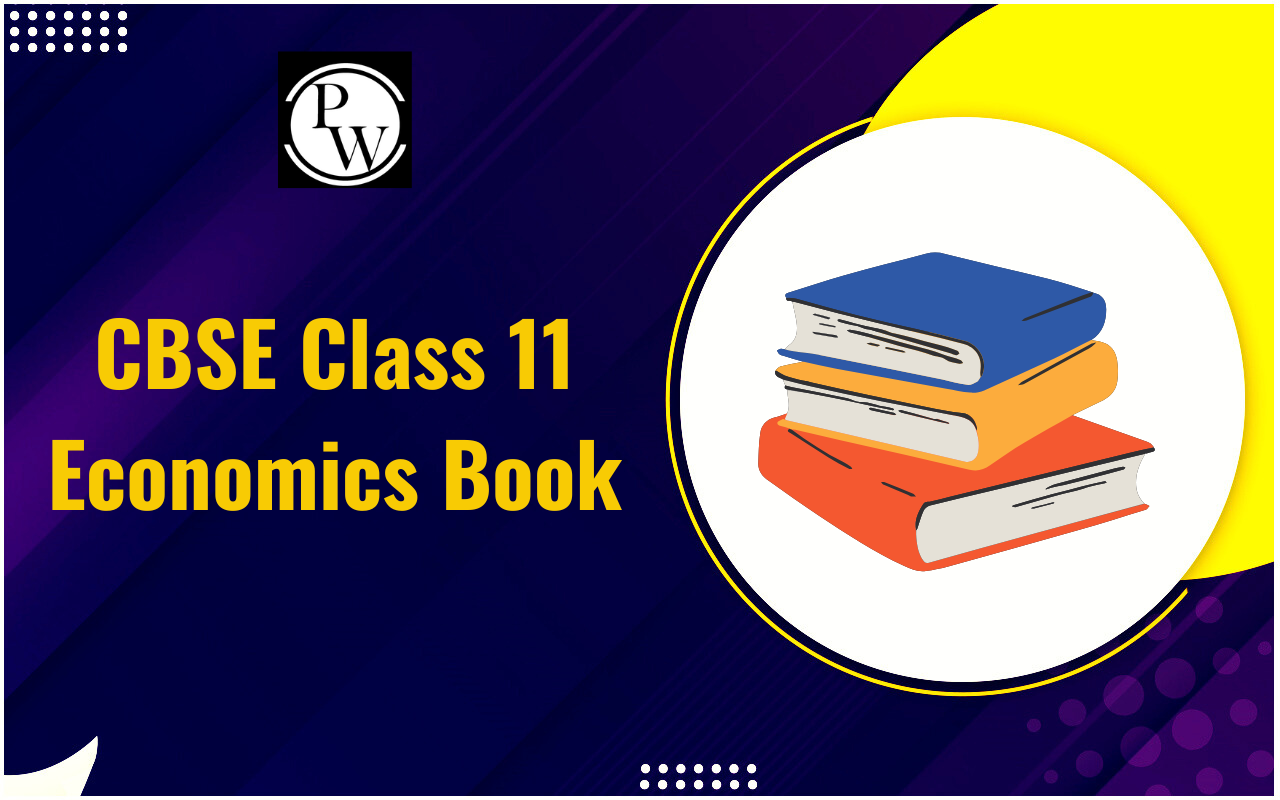
As a Class 11 commerce student, diving into the world of taxes may seem overwhelming. However, one key concept that stands out in your curriculum is GST Fundamentals. The Goods and Services Tax (GST) is a transformative tax system that changed the way India approaches taxation.
Whether you’re studying for your exams or preparing for real-world business scenarios, understanding GST is crucial. In this article, we will break down the fundamentals of GST, making it easy to grasp and applicable to your commerce studies.What Are GST Fundamentals?
GST Fundamentals refers to the understanding of India’s Goods and Services Tax, a comprehensive, multi-stage, destination-based tax that is levied on every value addition. It replaced multiple indirect taxes like VAT, service tax, and excise duty, simplifying the tax system into one unified tax structure. GST is imposed at every stage of the supply chain, but the final consumer bears the tax burden, which makes it a consumption-based tax. For a Class 11 commerce student, knowing this is essential because it builds your foundation for understanding larger financial systems. The GST Fundamentals include the concept of input tax credit, GST rates, and the classification of goods and services under different tax slabs. It’s also crucial to note that GST is divided into CGST, SGST, and IGST based on the nature of the transaction.Importance of GST for Businesses
One of the major benefits of learning GST Fundamentals is understanding its significance for businesses. GST has simplified the tax compliance process by unifying all taxes into one, which reduces the cascading effect of tax on businesses. Prior to GST, companies had to deal with multiple taxes that led to higher prices for consumers and complicated tax filing systems. With GST, businesses are required to file only one tax, which significantly reduces paperwork and administrative burdens. Also, the seamless flow of input tax credit under GST means that businesses only pay taxes on the value they add, making their products more competitive in the market. As a Class 11 commerce student, understanding this tax reform is critical as it plays a big role in business transactions and pricing strategies. GST Fundamentals help you comprehend how businesses operate more efficiently under this system.Also Check: Treading Account and Profit and Loss Account
Structure of GST
To understand GST Fundamentals, it is important to grasp the structure of GST, which is divided into three components:- CGST (Central Goods and Services Tax) : This is collected by the central government on intra-state transactions, i.e., when goods and services are traded within a state.
- SGST (State Goods and Services Tax) : This is collected by the state government on intra-state transactions, parallel to CGST.
- IGST (Integrated Goods and Services Tax) : This is imposed on inter-state transactions, i.e., when goods and services are traded between states or across international borders.
Input Tax Credit
One of the key highlights of GST Fundamentals is the concept of Input Tax Credit (ITC). Under the GST system, businesses can claim a credit for the tax they have paid on inputs (raw materials) used to produce a product or provide a service. This means that businesses only have to pay GST on the value addition, not on the total value of the product. For example, if a company manufactures furniture, it can claim input tax credit for the GST paid on wood, nails, and paint used in production. Later, when the finished furniture is sold, the company only pays GST on the value added to the product, not on the entire cost of raw materials and production. This avoids double taxation and reduces the overall tax burden on businesses. For commerce students, the concept of ITC is an essential part of GST Fundamentals, as it highlights the efficiency and fairness of the GST system. ITC ensures that businesses do not face a cascading tax effect, where taxes are levied on top of other taxes, leading to inflated costs.GST Filing and Compliance
Another significant part of GST Fundamentals is understanding GST compliance. Every business registered under GST is required to file monthly, quarterly, or annual returns based on their turnover and the nature of their business. The GST return includes details of sales, purchases, and the amount of tax collected and paid. There are several types of returns under GST, such as GSTR-1, GSTR-3B, GSTR-9, and others, each serving a different purpose. For instance, GSTR-1 is used to report details of outward supplies (sales), while GSTR-3B is used for summary returns. Businesses also need to reconcile their tax credits, ensuring that the tax they claim matches the taxes reported by their suppliers. As a commerce student, learning about GST filing and compliance helps you prepare for real-world business scenarios where tax compliance plays a major role. GST Fundamentals give you a deeper understanding of how businesses must adhere to regulatory standards and avoid penalties for non-compliance.Benefits of Understanding GST in Commerce
For a Class 11 commerce student, mastering GST Fundamentals can give you a competitive edge. GST has reformed India's indirect tax structure, and its implications are seen in all aspects of commerce, trade, and business. Understanding GST is vital as it forms the basis for more complex concepts you'll encounter in higher education and real-world business practices. The key benefits include simplifying tax regimes, promoting ease of doing business, reducing the cost of products, and encouraging transparency in the economy. Additionally, GST promotes fairness in taxation by eliminating the cascading effect, where taxes were levied on top of other taxes. Grasping GST Fundamentals not only helps you ace your Class 11 commerce exams but also sets a strong foundation for future studies in business, finance, and economics. Moreover, in today’s economy, being GST-competent is a valuable skill that employers and educators appreciate. If you want to dive deeper into GST and other commerce subjects, check out PW Commerce Courses . Our expert faculty and well-structured lessons can help you ace your Class 11 exams and build a strong foundation for your future studies!GST Fundamentals FAQs
What is GST?
GST stands for Goods and Services Tax, a comprehensive indirect tax levied on the supply of goods and services.
How many types of GST are there?
There are three types of GST: CGST, SGST, and IGST, depending on the nature of the transaction.
What is the Input Tax Credit (ITC) under GST?
ITC allows businesses to claim credit for the tax paid on inputs used to produce goods or services.
What is the main purpose of GST?
GST aims to create a single, unified tax structure that simplifies tax compliance and eliminates the cascading effect of taxes.
How does GST impact businesses?
GST simplifies the tax process, reduces the cost of goods and services, and promotes ease of doing business
Talk to a counsellorHave doubts? Our support team will be happy to assist you!

Check out these Related Articles
Free Learning Resources
PW Books
Notes (Class 10-12)
PW Study Materials
Notes (Class 6-9)
Ncert Solutions
Govt Exams
Class 6th to 12th Online Courses
Govt Job Exams Courses
UPSC Coaching
Defence Exam Coaching
Gate Exam Coaching
Other Exams
Know about Physics Wallah
Physics Wallah is an Indian edtech platform that provides accessible & comprehensive learning experiences to students from Class 6th to postgraduate level. We also provide extensive NCERT solutions, sample paper, NEET, JEE Mains, BITSAT previous year papers & more such resources to students. Physics Wallah also caters to over 3.5 million registered students and over 78 lakh+ Youtube subscribers with 4.8 rating on its app.
We Stand Out because
We provide students with intensive courses with India’s qualified & experienced faculties & mentors. PW strives to make the learning experience comprehensive and accessible for students of all sections of society. We believe in empowering every single student who couldn't dream of a good career in engineering and medical field earlier.
Our Key Focus Areas
Physics Wallah's main focus is to make the learning experience as economical as possible for all students. With our affordable courses like Lakshya, Udaan and Arjuna and many others, we have been able to provide a platform for lakhs of aspirants. From providing Chemistry, Maths, Physics formula to giving e-books of eminent authors like RD Sharma, RS Aggarwal and Lakhmir Singh, PW focuses on every single student's need for preparation.
What Makes Us Different
Physics Wallah strives to develop a comprehensive pedagogical structure for students, where they get a state-of-the-art learning experience with study material and resources. Apart from catering students preparing for JEE Mains and NEET, PW also provides study material for each state board like Uttar Pradesh, Bihar, and others
Copyright © 2025 Physicswallah Limited All rights reserved.
Get App









